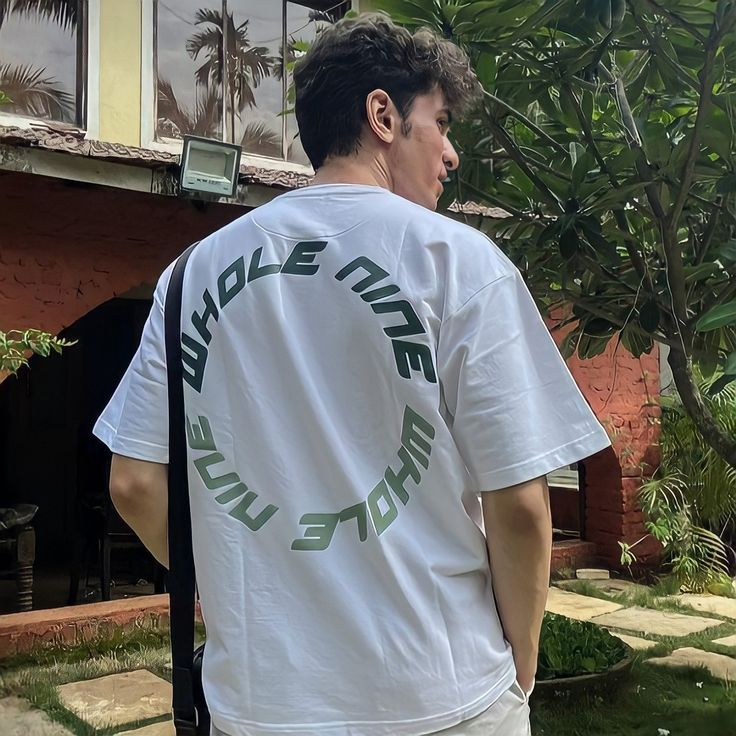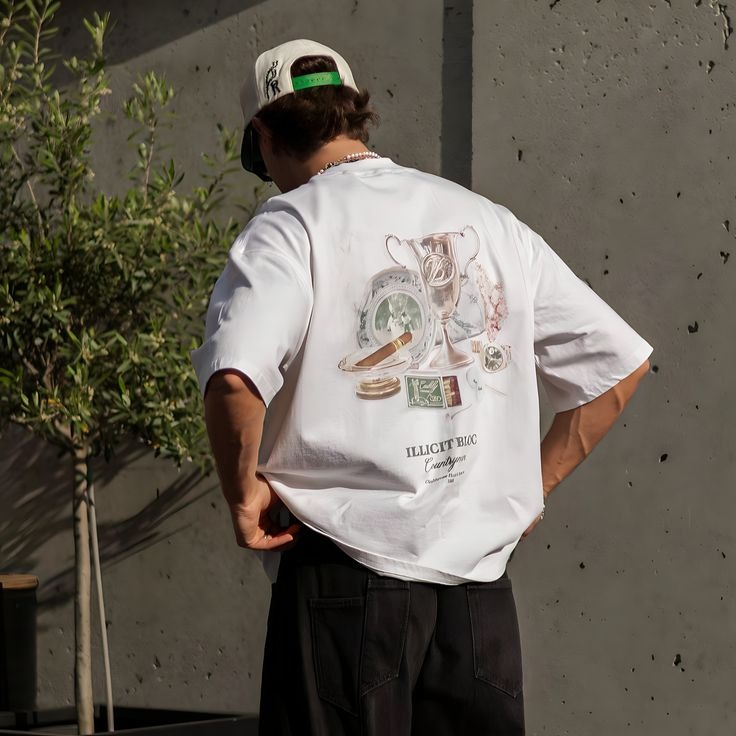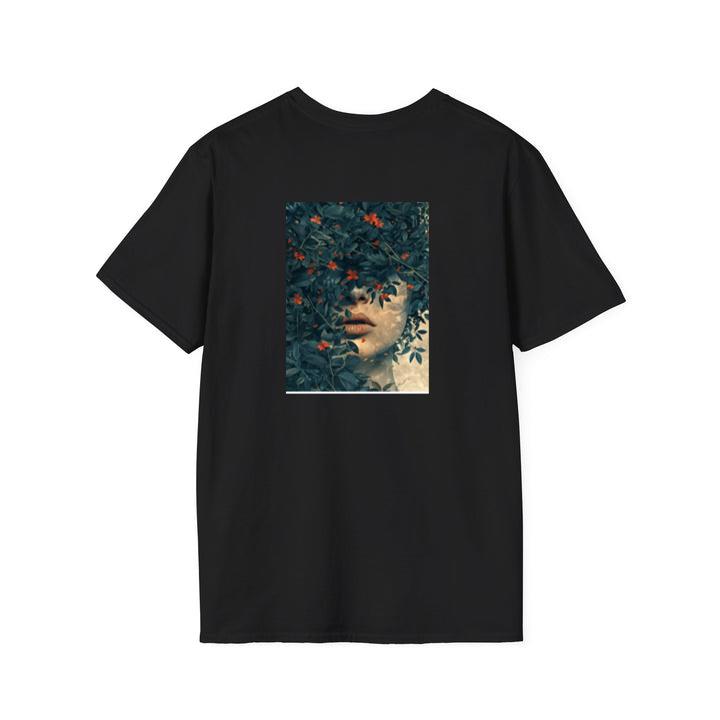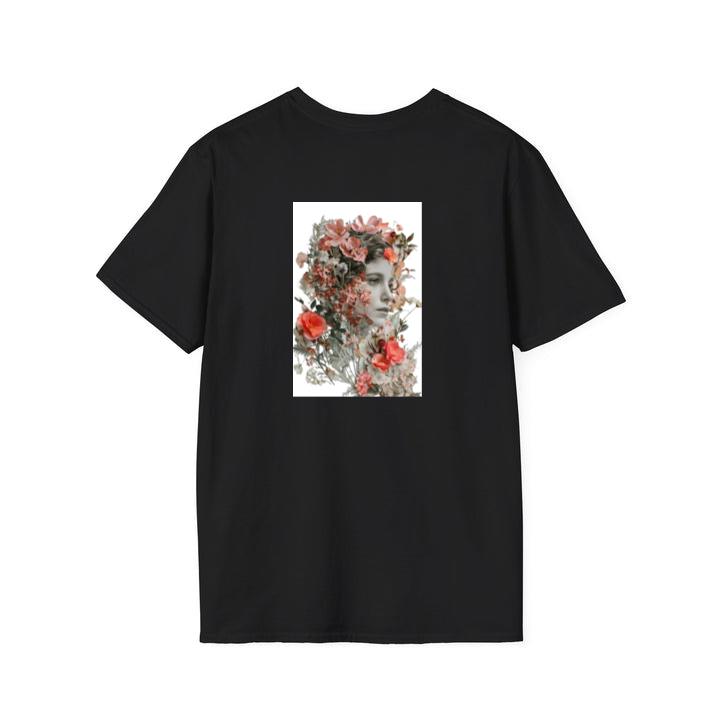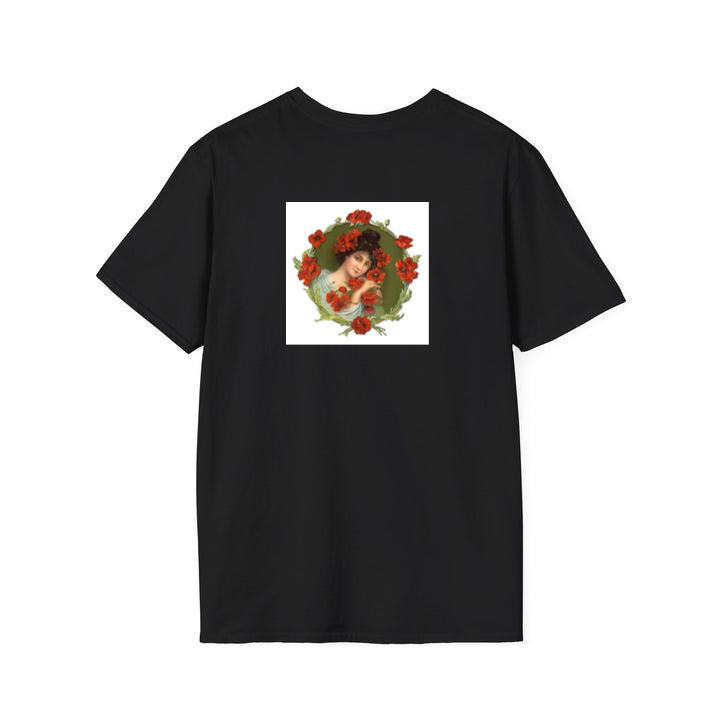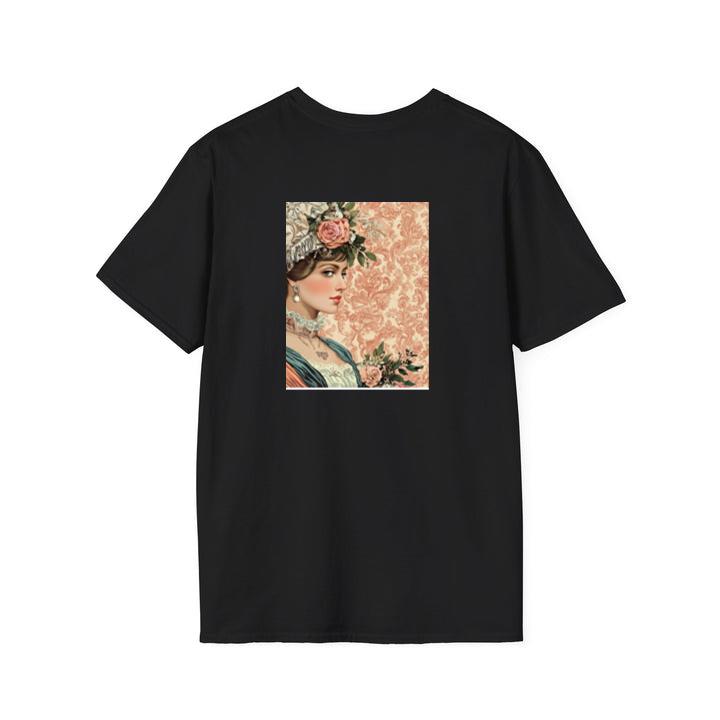The t-shirt is one of the most ubiquitous garments in the world. From casual wear to high fashion, it has transcended its humble beginnings to become a global fashion statement. But what makes the t-shirt so special? This article will explore the history, evolution, impact, and future of this timeless piece of clothing.
The Origins of the T-Shirt
The t-shirt’s origins can be traced back to the early 20th century when it was primarily used as an undergarment. Initially designed for the U.S. Navy in the late 1800s, the t-shirt provided comfort and ease of movement for sailors. Its simple, lightweight design made it an ideal piece of clothing for laborers, and soon it became a staple for workers in various industries.
By the 1920s, the t-shirt had entered mainstream fashion, and by the mid-20th century, it had evolved into a standalone garment. The comfort and affordability of t-shirts made them a popular choice, but it was in the 1950s that they truly became a symbol of youth culture.
The T-Shirt in Pop Culture
Hollywood played a significant role in elevating the t-shirt from an undergarment to a fashion statement. Marlon Brando and James Dean made the plain white t-shirt a symbol of rebellion and masculinity in films such as A Streetcar Named Desire and Rebel Without a Cause. Their influence inspired an entire generation to embrace the t-shirt as a casual, yet stylish, wardrobe essential.
As rock ‘n’ roll gained popularity in the 1960s and 70s, band t-shirts became a phenomenon. Fans proudly wore shirts featuring their favorite musicians, turning them into a means of self-expression. Iconic artists like The Rolling Stones, The Beatles, and Led Zeppelin contributed to the t-shirt’s rise as a cultural artifact.
The Evolution of T-Shirt Design
In the 1980s and 90s, graphic t-shirts exploded in popularity. Brands and designers began using t-shirts as a canvas for art, slogans, and logos. The rise of streetwear further cemented the t-shirt’s status as a must-have item. Brands like Supreme, Stüssy, and Nike capitalized on the trend, blending fashion with street culture.
Custom t-shirts also became popular, allowing people to express their individuality through unique designs, slogans, and messages. Whether political statements, funny quotes, or personal artwork, the t-shirt transformed into a storytelling medium.
The Business of T-Shirts
T-shirts are not just a fashion statement; they are also a massive industry. According to reports, the global custom t-shirt printing market was valued at over $3.6 billion in 2020 and continues to grow. Entrepreneurs and businesses leverage t-shirts for branding, marketing, and merchandising.
From small independent clothing brands to major fashion houses, t-shirts remain a profitable venture. Limited-edition releases, celebrity collaborations, and exclusive drops create high demand, turning the simple t-shirt into a coveted item.
The Role of T-Shirts in Social Movements
T-shirts have often been used to promote activism and social change. From anti-war protests to civil rights movements, printed slogans on t-shirts have conveyed powerful messages. The “We Can Do It!” Rosie the Riveter t-shirt, the Black Lives Matter t-shirts, and LGBTQ+ pride shirts are just a few examples of how t-shirts play a role in shaping history.
The affordability and accessibility of t-shirts make them a powerful tool for spreading awareness. Organizations and activists use them to fundraise, spark conversations, and unite people under a common cause.
Sustainable and Ethical T-Shirts
With growing concerns about fast fashion and environmental impact, many brands are shifting toward sustainable t-shirt production. Eco-friendly materials like organic cotton, bamboo fabric, and recycled polyester are gaining popularity.
Ethical manufacturing practices are also a key focus. Brands are being held accountable for fair wages, safe working conditions, and reducing waste. Consumers are becoming more conscious about where and how their t-shirts are made, driving demand for more responsible fashion choices.
The Future of T-Shirts
The t-shirt continues to evolve with advancements in technology. Smart t-shirts with built-in sensors that monitor heart rate and body temperature are already on the market. Augmented reality (AR) t-shirts, which can display animations through smartphone apps, are also making waves in the fashion industry.
Customization is another growing trend. With print-on-demand services, consumers can design their own t-shirts, making each piece unique. This shift towards personalization allows for more creative freedom and reduces the waste associated with mass production.
Conclusion
The t-shirt has come a long way from its origins as an undershirt to becoming a fashion icon. Its versatility, affordability, and cultural significance make it one of the most important garments in modern history. Whether plain or printed, high-end or streetwear, the t-shirt remains a universal piece of clothing that reflects individuality, creativity, and social consciousness.
As fashion continues to evolve, one thing is certain: the t-shirt will always be a staple in wardrobes around the world. Its simplicity, adaptability, and timeless appeal ensure that it will remain a favorite for generations to come.

